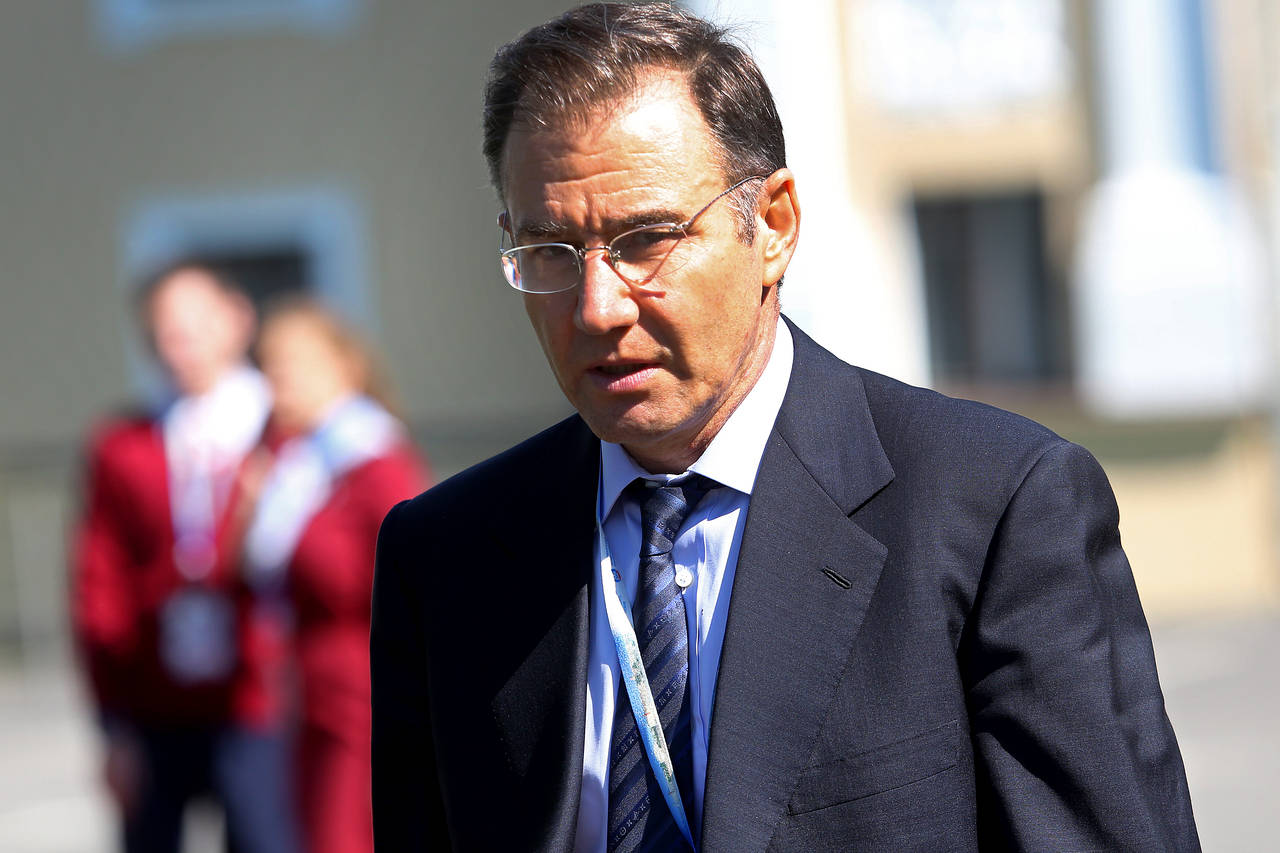In the world of global commodities, few names stand as tall as Ivan Glasenberg Glencore. Known for reshaping how natural resources are traded and managed, Glasenberg’s journey from a South African-born coal trader to the CEO of one of the world’s largest commodity trading companies is both fascinating and controversial. This article explores the man behind the empire, his influence on Glencore, and what the future holds for this global conglomerate.
Who is Ivan Glasenberg?
Ivan Glasenberg was born in 1957 in South Africa and holds a dual Australian and South African citizenship. With a background in accountancy and an MBA from the University of Southern California, Glasenberg entered the commodities world through the trading house Marc Rich & Co. in the early 1980s.
When Marc Rich & Co. rebranded to Glencore in 1994, Glasenberg climbed the ranks and eventually took the helm as CEO in 2002. Under his leadership, the company shifted from merely a trading firm to a vertically integrated resource empire — owning mines, refineries, shipping fleets, and trading desks.
What is Glencore?
Glencore, short for “Global Energy Commodity Resources,” is a multinational commodity trading and mining company headquartered in Baar, Switzerland. It deals with a wide variety of products: coal, copper, zinc, nickel, oil, agricultural commodities, and more. It is considered one of the world’s largest trading houses, rivaling giants like Vitol and Trafigura.
What sets Glencore apart is its unique structure. It is both a producer and a trader. This means it can extract raw materials, process them, and trade them — all under one umbrella. This integrated model gives it a competitive edge, more control over pricing, and the ability to weather commodity market volatility.
Glasenberg’s Leadership Style: Aggressive and Strategic
Ivan Glasenberg is widely known for his aggressive yet highly strategic leadership. He is a hands-on executive who often took direct involvement in trading decisions and expansion strategies. One of his most notable moves was taking Glencore public in 2011, raising billions and turning many of its senior executives into multimillionaires.
Glasenberg’s style was also about lean management — focusing on performance, cost-efficiency, and long-term relationships with producers and buyers. Under his tenure, Glencore expanded its footprint in Africa, Latin America, and Australia, regions rich in natural resources but often politically complex.
Glencore’s Expansions and Mergers
One of Glasenberg’s boldest moves was the 2013 merger with Xstrata, a mining giant. The $30 billion deal created a combined entity that became a powerhouse in coal, copper, and other essential commodities. The merger solidified Glencore’s position as not just a trader, but a dominant miner.
Despite economic downturns, price collapses, and geopolitical risks, Glencore, under Glasenberg, remained resilient. His philosophy was simple: own the assets, control the supply, and manage the market dynamics smartly.
Controversies and Legal Challenges
With immense success comes scrutiny. Glencore, throughout its history, has faced numerous allegations ranging from corruption to environmental violations. U.S. and U.K. authorities have launched multiple investigations into the company’s dealings in countries like the Democratic Republic of Congo, Venezuela, and Nigeria.
While Glasenberg often distanced himself personally from these controversies, critics argue that Glencore’s business model thrives in high-risk environments where regulation is weak and oversight limited.
In 2022, even after Glasenberg stepped down, Glencore agreed to pay over $1 billion in fines to resolve several bribery and market manipulation probes. These events cast a long shadow over the company’s reputation, despite its financial strength.
Glasenberg Steps Down, But the Legacy Remains
In mid-2021, Ivan Glasenberg retired as CEO of Glencore, handing the reins to Gary Nagle, a long-time company insider. His departure marked the end of an era. However, Glasenberg’s legacy continues to shape the company’s culture and strategy.
He left behind a company with strong trading capabilities, diversified assets, and deep influence in global commodity markets. More importantly, he set a blueprint for how trading and mining can co-exist under one roof for maximum profit.
The Future of Glencore
Glencore’s future remains bright but challenging. As the world transitions to cleaner energy and tighter environmental regulations, coal — one of Glencore’s biggest commodities — is facing decline. However, Glencore is adapting by focusing more on battery metals like cobalt and nickel, essential for electric vehicles and renewable energy storage.
The company also committed to achieving net-zero carbon emissions by 2050, a major step for a traditional mining giant. This transformation won’t be easy, but with strong infrastructure and deep trading knowledge, Glencore is better positioned than many of its peers.
Conclusion: Glasenberg Glencore’s Impact on Global Trade
Ivan Glasenberg turned Glencore from a modest trading desk into a global empire influencing the price of vital resources across the globe. His sharp mind, strategic aggression, and unapologetic risk-taking made him a legendary figure in commodities trading.
While his legacy is mixed — filled with both triumphs and controversies — there’s no denying his impact. Today, Glencore continues to be a vital player in the global economy, navigating the future of energy, mining, and resource management.
As new leadership takes the company forward, the question remains: can Glencore maintain its dominance in a world that’s rapidly shifting toward sustainability and ethical sourcing?
Only time will tell — but the foundation Glasenberg laid is undeniably strong.

